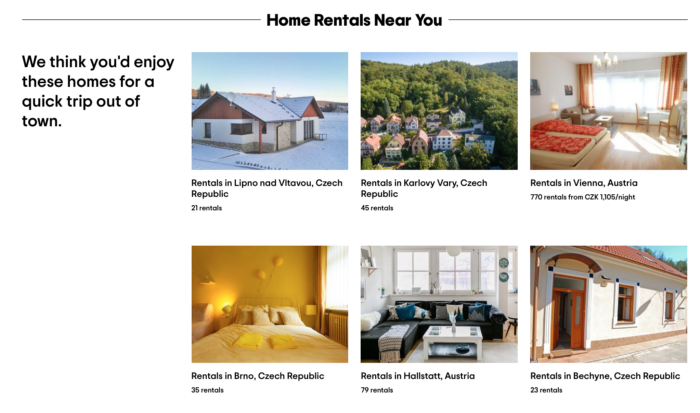 My IP ↗or
My IP ↗orBy 2040, it’s estimated that 95% of all purchases will be facilitated through the Internet. This year alone, e-commerce sales are up 55% year over year for the first seven months, resulting in $434.5 billion in online spending. And according to Adobe, online sales are expected to surpass the total online sales in 2019 by Oct. 5, 2020
Today more than ever, it’s important for businesses with an online presence to begin personalizing the way they serve content to users and create a better customer experience.
Through accurate geolocation and IP address data, a business can optimize their customers’ visit, generating a “that was easy” experience on their site. Leveraging IP data, personalization, and ease of use are key components to building trust, which creates a better and more customized experience for your audience. In turn, it can help you learn valuable insights that can shape your product, marketing approach, and more.
Here are seven ways to use IP data for a better customer experience:
1. Start with the form: Prepopulate sign-up forms based on location data.
Quick and easy seems like an obvious concept, however, some businesses initially lose people just on the sign-up form. A simplified registration process can result in more signups and better your chances of converting the customer, giving them less time to think about bouncing. Using the right IP to geolocation data, you can prepopulate location-based fields, such as the user’s postal/ZIP code, city, state, and country. Taking the legwork off the visitor’s plate can pay dividends in the end.
2. Display location-based offers and advertisements.
Your customers aren’t interested in seeing offers they don’t qualify for. Highly targeted offers can result in huge conversion rates, but mistargeted offers can lead to users trusting your business even less and looking elsewhere.
EX: If a local restaurant chain is offering specials and discounts on meals, a customer doesn’t want to see them if it only pertains to a location four towns over. They’ll be more apt to choose a different place to eat where they would have been hooked in if the special was targeted to their local chain.

3. Send notifications when potential customers are near a physical store.
If your business owns brick-and-mortar locations, API’s can be generated to send users instant alerts when they’re detected as being within a close physical range of one of your stores. Location-based messaging draws consumers in, bridging the gap between the digital and physical landscape for retailers.
4. Show pricing data in a localized currency.
Do you own a global business? If so, imagine potential customers from France browsing your products and seeing prices displayed in USD rather than EUR. When IP data is accurate and reliable, it does the thinking for the buyer, enabling currency conversions to display prices that are recognizable. The auto-configuration reduces the friction of buying things and provides a much better customer experience to anyone around the world.

5. Serve content based on mobile carrier data.
Cascading style sheets aren’t the only way you can tailor your website to display differently on mobile devices. With the right mobile carrier API, you can know when your visitors are browsing on mobile data and even pinpoint which network they’re using. This will allow you to optimize your website content to users that are on a mobile device.
6. Minify your website to load faster for customers using slower ISPs.
Some rural areas are still limited to DSL and satellite connection speeds. Correct ASN data can help identify the customers of these slower service providers and cut down on bandwidth-intensive elements of your website. A second or two can make all the difference between a visitor closing the tab or proceeding to checkout.
7. Display testimonials based on who is visiting your site.
Testimonials resonate better with users who can relate to them — be it by location, company, ISP, or other information. With the right data, you can display testimonials that match against users browsing from the same city, working for the same organization, or using the same service provider. In doing so, it elevates your credibility as the one to turn to for the same need or service.
For many businesses, the opportunity to customize a website’s user experience is invaluable. Fast and accurate IP address data is a powerful resource. With the ongoing shift from ‘reach’ to ‘relevance’, brands are paying close attention on how to use IP data to guide a smarter and more efficient user experience.
When it comes to presenting your business on the Web, do it with the best data to provide better targeting and a better experience for your users. See how personalizing your site for each visitor is the right choice, risk-free. Or contact our data experts with any questions you may have.
About the author

Internet Data Expert
